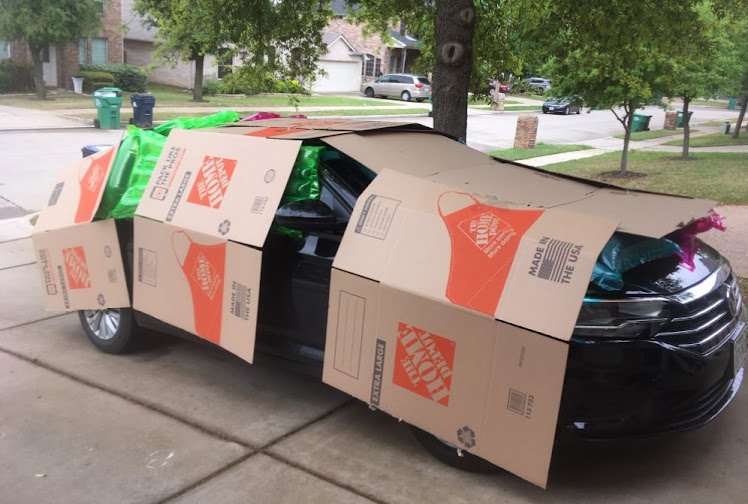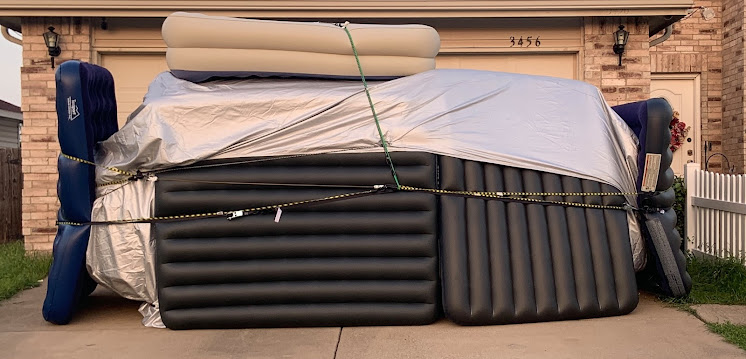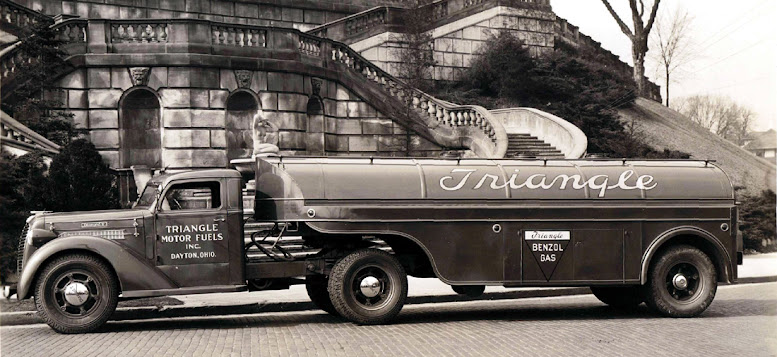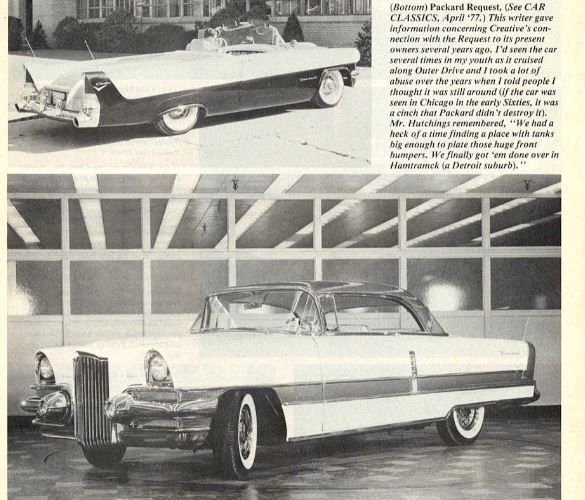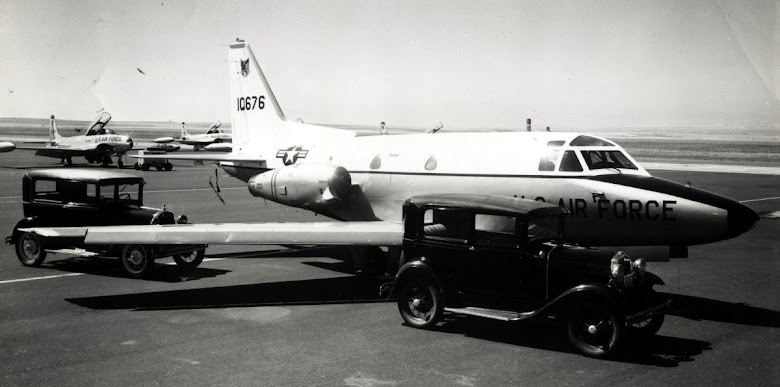Ironwood engines were built by high school students in Ironwood, Michigan, between approximately 1918 and 1930. One source says Washburn HS, another says Roosevelt HS, yet another source says "The Manual Training School" - but all sources agree, Ironwood Michigan.
The students drew the design, built the patterns, poured the castings, machined the pieces and assembled the engines.
The student started his project by making drawings of the engine parts in the drafting class. Next, in the wood shop they built new or repaired existing mold patterns of the cast parts. Then during a course in foundry practice, all the engine castings, both iron and brass were made in the school foundry.
The machine work followed, including cutting the crankshaft from a solid plate and turning same, as well as hobbing the gears and even turning the bolts to mold the engine together. As it was completed, each part was stamped with the student’s initials and graded. When everything was finally done, the parts were assembled and painted and student then kept his handiwork to use about the home or farm.
These were small hopper-cooled, hit-and-miss engines of around 1/2 hp to 3/4 hp. According to an article by John Preston in the October 1992 issue of GEM, approximately 200 of these engines were made.
Only about a dozen are known of to the Gas Engine Magazine people who are focused on them.
There were two styles built by the students. Some of the similarities were flywheels, crankshaft, connecting rod, piston, spark advance and restart. They both used a buzz coil and battery. The other parts are completely different.
Of the engine John Preston owns, he said, ‘I went to see a gas engine collector in Brooklyn, Michigan. While looking over his engines, I saw a small engine that I liked. Clinton told me it was an Ironwood engine and that he would sell it.
After I got the engine home, I saw I was missing two parts of the governor. I found out that there was an Ironwood like mine in Ohio, After contacting the owner, I found we could help each other by loaning each other parts to duplicate. I machined my parts and got the engine working good mechanically. Then I painted it green and made a battery box and cart for it.’
Leo Beauchamp made one in 1918. It was placed on the porch and ran his mother’s washing machine until she died in 1932.
Leo then retrieved it and took it to his automotive electrical shop in Ironwood, where it sat until he died. His son then inherited it and it moved to Seattle, Washington. It was then given to Leo's nephew and returned it to Michigan.
The nephew just used the comment function on some other article, but stated " Leo Beauchamp's engine is green and I have it. I saw Leo, my Uncle in his shop on Aurora Street in Ironwood with the engine. When he died, it was given to his son in Seattle, Wa. When he died, it went to my father, Leo brother, who gave it to me. I still have it and runs."
So, I replied, SEND ME PHOTOS!
https://www.gasenginemagazine.com/old-iron-questions/ironwood-engine-blueprints-zmoz19djzhur/
https://www.gasenginemagazine.com/gas-engines/ironwood/
https://www.gasenginemagazine.com/gas-engines/the-ironwood-engine/
https://www.smokstak.com/forum/threads/ironwood-engine.95200/









